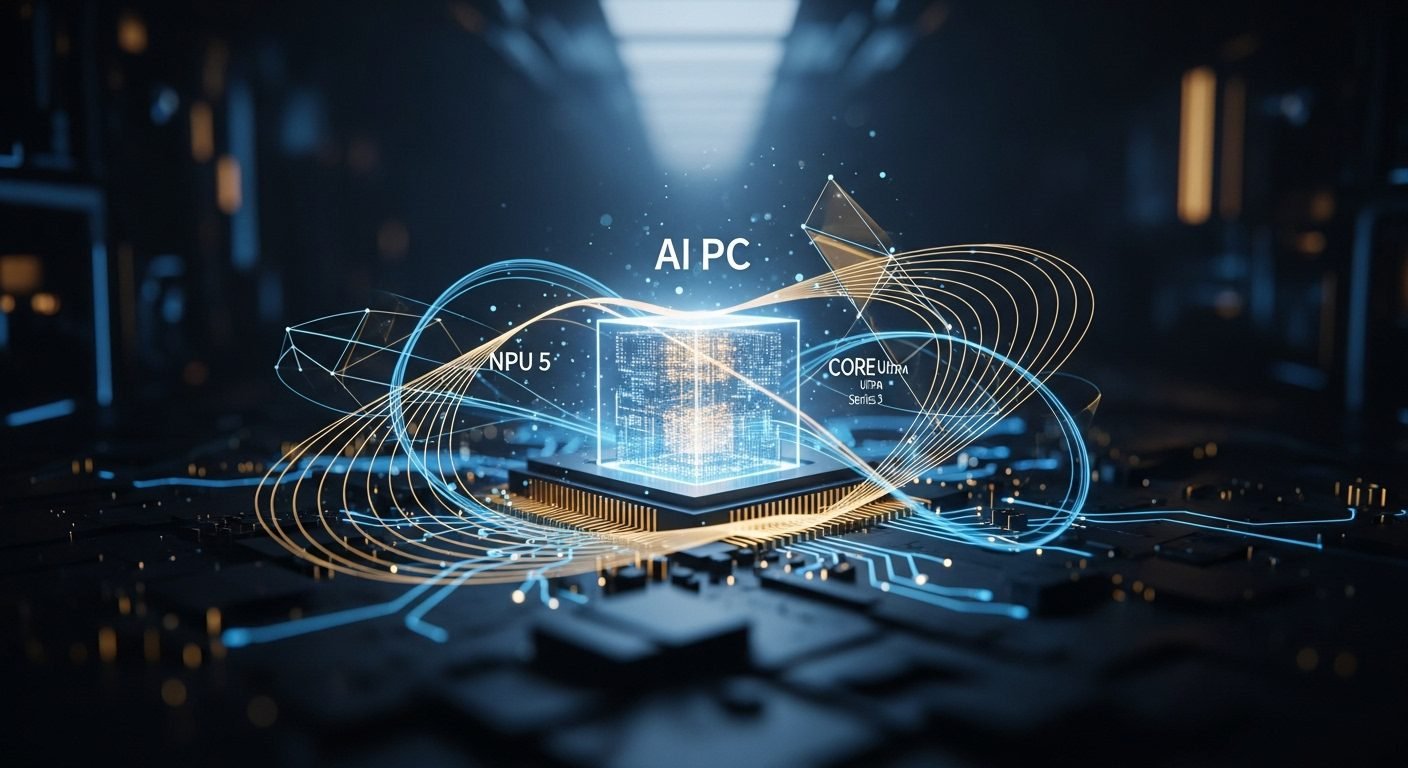On Friday, September 19, 2025, a seismic shift rattled the global tech talent landscape. President Donald Trump signed a proclamation imposing an unprecedented $100,000 fee on new H-1B visa petitions, effective immediately. This isn’t merely an incremental increase; it’s a monumental hurdle, dwarfing the previous fees that typically ranged from $2,000 to $5,000. The White House, through Press Secretary Karoline Leavitt, clarified this as a one-time charge for new petitions, aiming to enhance the U.S. economy and labor market while prioritizing high-skilled, high-paid foreign nationals.
This bold move comes alongside a suite of new immigration pathways, suggesting a broader strategic reorientation. The administration also introduced a “gold card” visa for wealthy individuals seeking U.S. citizenship, priced at $1 million, or $2 million for businesses sponsoring an employee. Furthermore, a “Trump Platinum Card” with a staggering $5 million price tag was unveiled, allowing holders 270 days in the U.S. without taxation on non-U.S. income. These initiatives paint a clear picture: the U.S. is signaling a preference for capital over labor, creating a tiered system where access to American opportunities is increasingly a luxury commodity.
This policy is poised to trigger a fundamental recalibration for an industry heavily reliant on global talent. Tech giants like Amazon, Microsoft, Meta, Apple, and Google, among the largest H-1B employers, will face drastically increased costs for new hires. Commerce Secretary Howard Lutnick suggested this would compel companies to “train Americans” rather than “train foreign workers.” However, critics argue this fee is “ludicrously lawless” and could effectively end the program, particularly for startups and smaller businesses. Daniel Di Martino from Columbia University warned it would be “terrible for the U.S. economy, especially healthcare and STEM.” The abrupt implementation prompted some companies, including Microsoft and Amazon, to issue advisories for current H-1B employees abroad to return immediately, highlighting the immediate uncertainty despite subsequent clarifications. This isn’t just about an immigration fee; it’s about redefining the very nature of talent acquisition in an increasingly interconnected global economy.
Future Frame: Imagine a 2035 where Silicon Valley’s innovation engine isn’t solely fueled by its traditional global talent pipeline. This fee, if it withstands legal challenges, could catalyze a distributed innovation model, with tech hubs flourishing in new geographies that embrace skilled immigration. We could see a renaissance of domestic upskilling, yes, but also a parallel evolution of international R&D centers, fundamentally altering how and where groundbreaking technologies emerge. The next big breakthrough might just be incubated far from traditional American shores.
The long-term implications are vast and multifaceted. The exorbitant cost could deter skilled foreign professionals, leading to a talent drain from the U.S. to countries with more welcoming immigration policies. This, in turn, could diminish America’s competitive edge in critical STEM fields and accelerate offshoring trends. India’s technology service industry, a major source of H-1B workers, is expected to feel a significant impact. Paradoxically, some Indian leaders view this as an opportunity to attract returning talent, fostering domestic innovation and boosting local markets. Furthermore, the directive for the Department of Labor to revise prevailing wage levels signals a broader intent to ensure H-1B workers are compensated at or above market rates, adding another layer of cost and scrutiny for employers. This move, as described by the Associated Press, represents a significant shift that will undoubtedly be met with legal challenges and reshape the future of U.S. immigration policy. Exploring the impact on AI talent
This policy doesn’t just impact individual visa holders; it challenges the very fabric of how global innovation is resourced and sustained. Will it force a profound re-evaluation of educational pathways within the U.S., creating a new generation of domestic tech pioneers? Or will it merely push talent and innovation to more accommodating shores, decentralizing the global tech powerhouse? The answers will dictate not just the future of American competitiveness but the very coordinates of the next technological revolution. The rise of remote work and global talent pools











